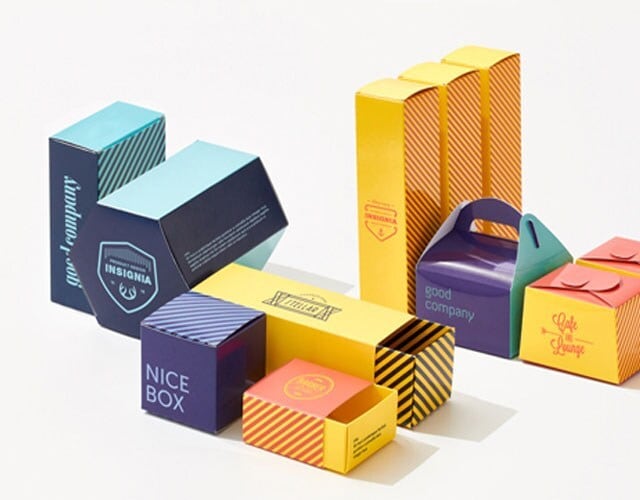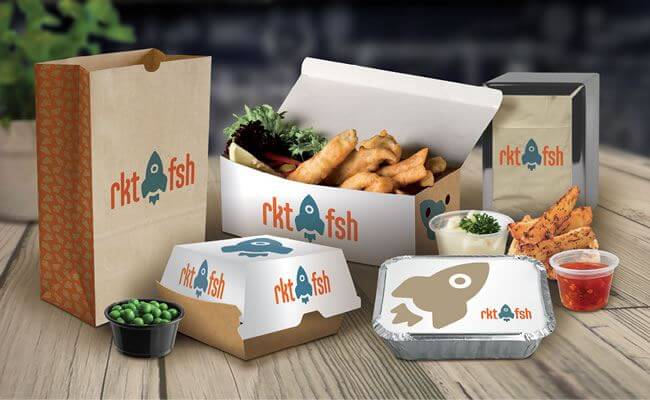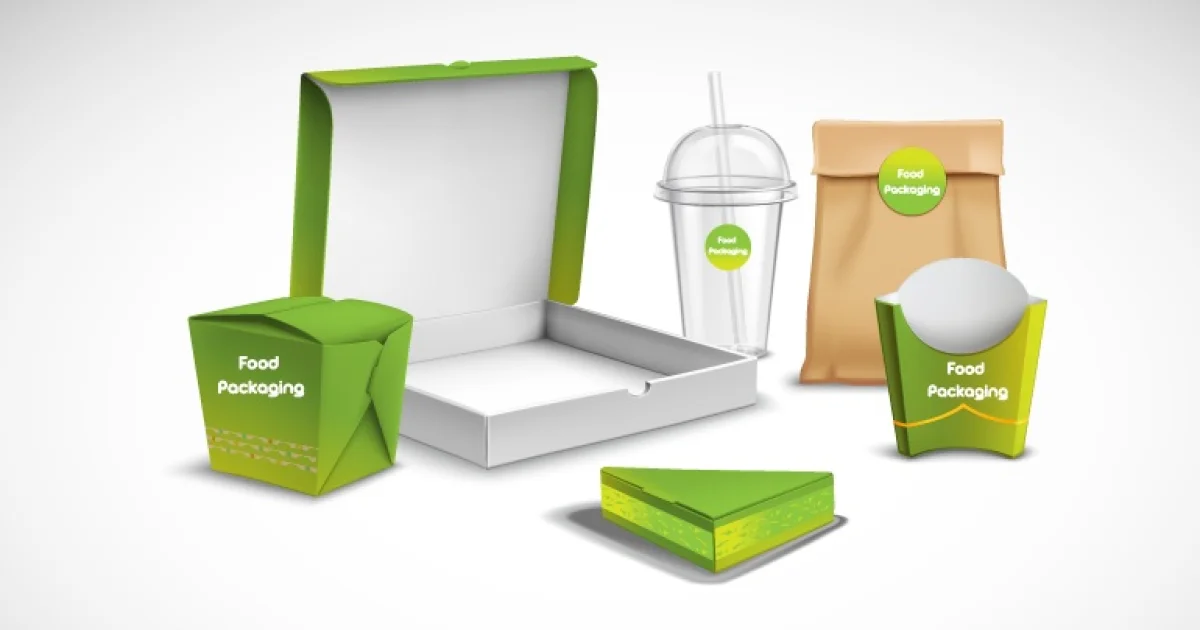In today’s world, where food safety is paramount, understanding the nuances of food safe inks is crucial. Whether you’re a marketing professional in the food industry or just someone curious about the safety of the packaging materials around you, debunking the common myths about food safe inks is essential. From their safety to their applications, there’s much to uncover.

What Are Food Safe Inks?
Food safe inks are specially formulated printing inks designed to be safe for use on food packaging. They are made to prevent any harmful substances from migrating into food products, ensuring consumer safety. These inks are typically used in printing labels and packaging for food products.
Myth 1: All Inks Are Food Safe
One of the most common misconceptions is that all inks used in food packaging are inherently safe. However, this is far from true. Not all inks are created equal, and many require specific formulations to ensure they do not contaminate food. Understanding the difference between regular inks and food safe inks is crucial for maintaining food safety standards.
Myth 2: Food Safe Inks Are Too Expensive
Another myth is that using food safe inks significantly drives up packaging costs. While these inks can be more expensive than their traditional counterparts, the cost is often offset by the benefits of ensuring consumer safety and avoiding potential legal issues. Moreover, advancements in technology are making these inks increasingly affordable.
Myth 3: Food Safe Inks Are Not Environmentally Friendly
Many people believe that food safe inks are not environmentally friendly. However, these inks are often formulated to be more sustainable and environmentally conscious. Many manufacturers are now developing inks that are both food safe and eco-friendly, supporting the industry’s shift toward sustainability.
How Food Safe Inks Impact Branding
The use of food safe inks is not only a matter of compliance but also a branding opportunity. By using inks that guarantee safety, brands can enhance their reputation and build trust with consumers. For more on how food safety impacts brand reputation, visit Brand Reputation.
Regulations Governing Food Safe Inks
Food packaging inks are subject to strict regulations to ensure they do not pose any health risks. These regulations vary by region but generally require that inks do not migrate or release harmful chemicals into food. Staying compliant with these regulations is critical for any business involved in food packaging.
The Role of Technology in Developing Food Safe Inks
Technological advancements have played a significant role in the development of food safe inks. Innovations in ink formulation and printing technology have led to more effective and safer inks. These developments are crucial for the ongoing improvement of food packaging safety.
Choosing the Right Ink for Your Packaging Needs
Choosing the right ink for food packaging is a critical decision. It involves considering factors like the type of packaging material, the printing process, and the specific safety requirements of the product. For insights on ink performance on various materials, check out Ink Performance.
Common Applications of Food Safe Inks
Food safe inks are used in various applications, including packaging for meats, dairy products, beverages, and more. Their versatility and compliance with safety standards make them an integral part of the food packaging industry.
The Future of Food Safe Inks
The future of food safe inks looks promising, with ongoing research and development aimed at creating even safer and more sustainable options. The industry is continuously evolving, with new technologies and materials being introduced regularly.
How to Identify Food Safe Inks
Identifying food safe inks involves checking for certifications and compliance with regulatory standards. Businesses should work closely with ink suppliers to ensure their products meet all necessary requirements.
Sustainability and Food Safe Inks
Sustainability is a growing concern in the food packaging industry. Many companies are now focusing on developing inks that are both safe for food contact and environmentally friendly. This shift toward sustainability reflects the industry’s commitment to reducing its environmental impact.
FAQs About Food Safe Inks
What makes an ink food safe?
Food safe inks are formulated to prevent harmful chemical migration into food products, adhering to strict safety standards.
Are food safe inks more expensive?
While they can be pricier than regular inks, the cost is often justified by the safety benefits and compliance with regulations.
Can food safe inks be used on all packaging materials?
Yes, food safe inks can be formulated for use on a variety of packaging materials, including paper and plastics.

Conclusion
Understanding the common myths about food safe inks is crucial for anyone involved in the food packaging industry. By debunking these myths, businesses can make informed decisions that prioritize consumer safety and brand integrity. For more information on the importance of inks in food packaging, visit Troy Group Blog.
This article contains affiliate links. We may earn a commission at no extra cost to you.






